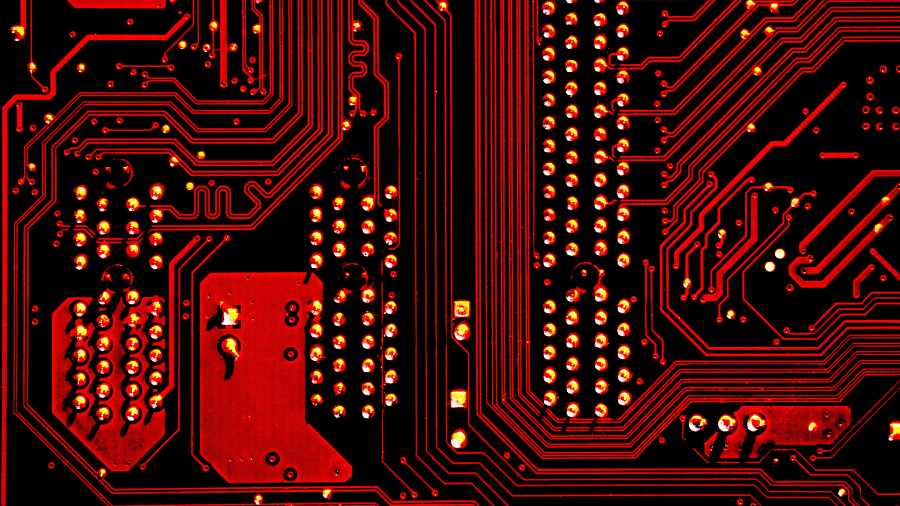This article originally appeared in the Globe and Mail.
By Philip Cross, September 18, 2023
While artificial intelligence (AI) is easily this year’s most discussed technological, social and economic phenomenon, the pundits who analyze it usually fall into two broad viewpoints.
There are those who see it as a process of self-learning and prediction, and generally expect it to bring widespread job losses (especially among white-collar occupations) and even threaten human extinction. Then there are analysts for whom AI is a useful but not an all-powerful technology, who emphasize that it needs human intervention to be useful, and so would be a complement, not a substitute, for workers – and could even raise productivity and incomes.
So far, with a 2022 IBM survey showing that global AI adoption among companies is already around 35 per cent, Canada’s economy displays few signs that the first group is right. Rather than seeing mass unemployment, our labour market’s most pronounced feature is rampant job vacancies; instead of surging productivity, Canada still has weak productivity growth. In place of widening inequality resulting from elites capturing the benefits of AI, it is low- and middle-income earners who saw the largest income gains in recent years. The number of white-collar jobs, meanwhile, continued to grow steadily, according to Statistics Canada’s labour force survey.
This is the opposite of what some AI proponents were forecasting a decade ago. In 2013, Carl Frey and Michael Osborne of Oxford’s Martin School predicted that 47 per cent of U.S. jobs could disappear by 2030. Futurist Kevin Kelly was especially concerned about the future of white-collar jobs, warning in 2016 that “the rote tasks of any information-intensive job can be automated. It doesn’t matter if you are a doctor, translator, editor, lawyer, architect, reporter, or even programmer. The robot takeover will be epic.”
The absence of this mayhem repeats the pattern of erroneous predictions about technology‘s impact on jobs since the Industrial Revolution. A century ago, John Maynard Keynes even coined the phrase “technological unemployment” to explain mass job losses at the onset of the Great Depression, before settling on a massive deficiency of demand in his later work.
The grim forecasts usually fizzle because of what economists call “the Luddite fallacy,” which ignores that productivity gains from technological innovation generate higher incomes and more jobs. If anything, AI is likely to make workers more productive and therefore desirable to employers. A June study by the National Bureau of Economic Research found that customer support agents supported by AI were nearly 14 per cent more productive. As economist Matt Ridley observed, “the idea that innovation destroys jobs comes around in every generation. So far it has proved wrong.”
Intelligent machines do have advantages, such as lower costs and greater reliability, and certain jobs may well be made redundant. However, humans have abilities that machines cannot master. Geoff Colvin, in his book Humans Are Underrated, observed that employment skills are shifting from “technical, classroom-taught, left-brain skills” to abilities that “define us as humans: sensing the thoughts and feelings of others, working productively in groups, building relationships, solving problems together, expressing ourselves with greater power than logic can ever achieve.” And indeed, jobs involving non-routine tasks such as carpentry, cleaning and being a security guard have not been displaced by computers, while roles involving problem-solving and complex communications tasks – such as in science, engineering, and marketing – “have actually been made more productive by computers,” according to Enrico Moretti in his 2016 book The New Geography of Jobs.
The rollout of AI is likely to be gradual since new technologies always take time to become widely adopted. And besides humans’ wariness in embracing new technology, AI also has problems with reliability; people will not get into a driverless vehicle with a 95 per cent safety record any more than they will board, say, an airplane without a human pilot. In fact, AI performs poorly in general intelligence and is “prone to catastrophic forgetting, poor in quantifying uncertainty, lacking common sense, and, perhaps most surprising, is not so good at solving math problems, even those mastered by high school competitors,” says Canadian scientist Vaclav Smil in his 2023 book Invention and Innovation: A Brief History of Hype and Failure.
Apocalyptic scenarios about AI are usually coupled with calls for increased government regulations on its development and deployment, or proposals for a costly guaranteed annual income to offset the potential of massive job losses. Given the poor track record of forecasting technology’s impact on labour markets and society, we should resist any reactionary rush to action based on as-yet unfounded concerns about AI’s real impact.
Philip Cross is a Munk senior fellow of economics at the Macdonald-Laurier Institute and the author of the paper “Artificial Intelligence: How big a threat to middle-class, white-collar jobs?”






